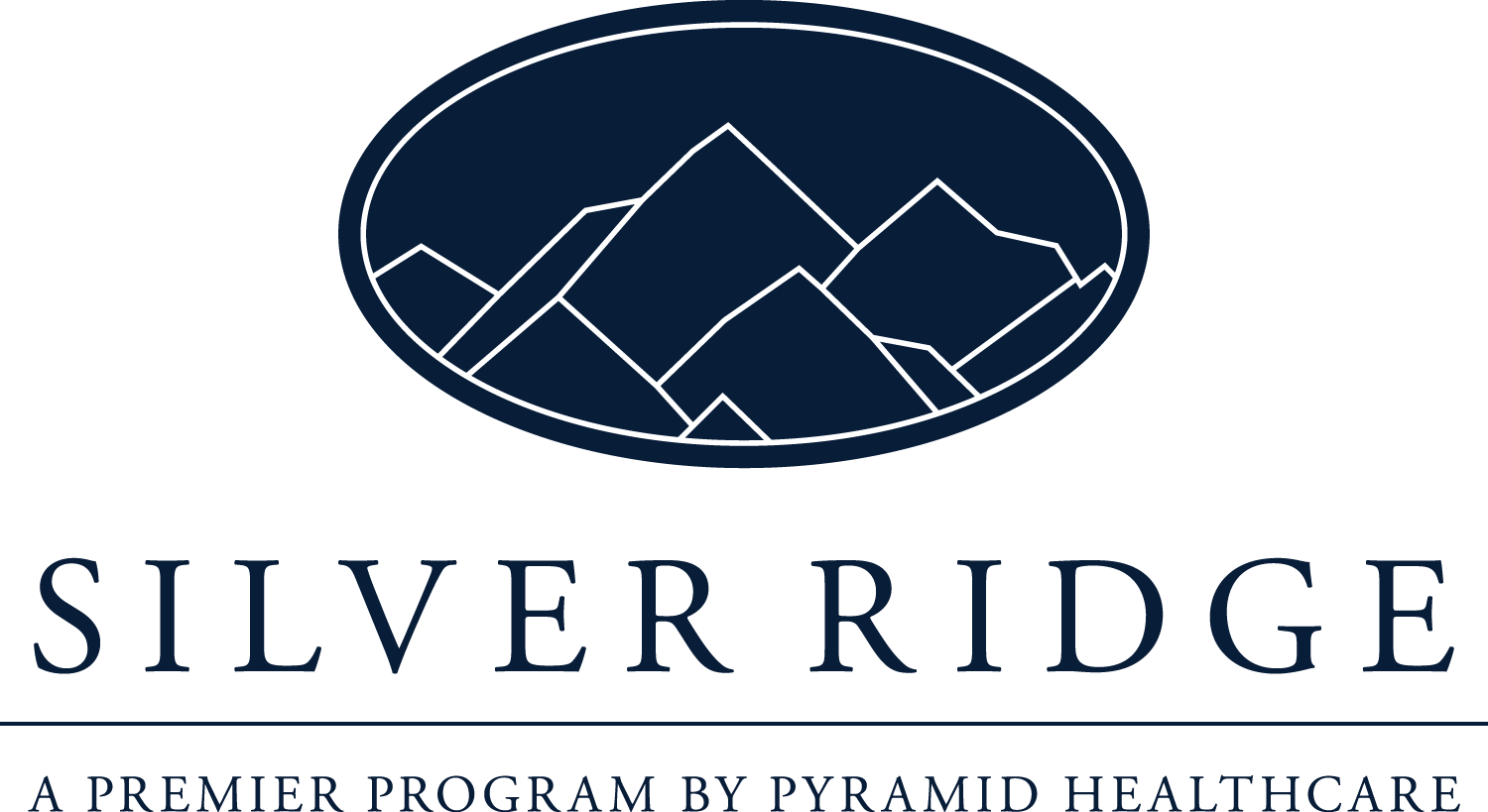Understanding Emotional Relapse Signs, Triggers, and Meaning

Warning Signs of Emotional Relapse
Unlike physical relapse, which involves a return to substance use, emotional relapse occurs when individuals in recovery neglect their emotional well-being, increasing their vulnerability to relapse. In this blog, we’ll define the meaning of emotional relapse, explore common triggers and discuss signs to watch out for.
What is Emotional Relapse?
Emotional relapse refers to a state in which individuals experience unresolved emotional distress, increasing their risk of returning to addictive behaviors. Unlike physical relapse, which involves actively seeking out substances, emotional relapse is more subtle and insidious, often creeping up gradually.
During periods of emotional relapse, individuals may neglect self-care, suppress their emotions or engage in negative thought patterns, all of which can erode their resilience and undermine their recovery efforts. Without intervention, emotional relapse can ultimately pave the way for physical relapse. That’s why it’s crucial to recognize and address the signs early on.
Identifying Emotional Relapse Triggers
Understanding triggers that can precipitate emotional relapse is key to preventing its onset. While these can vary from person to person, common triggers include:
1. Stress: High levels of stress can be overwhelming, making it difficult for individuals to cope with emotions in a healthy way.
2. Negative emotions: Feelings of sadness, anger or frustration can trigger a desire to numb or escape through substance abuse.
3. Relationship conflicts: Difficulties in relationships with family, friends or romantic partners can exacerbate feelings of loneliness or isolation.
4. Environmental cues: Certain places, people or situations associated with past substance use can evoke cravings and trigger emotional distress.
5. Life transitions: Major life changes, such as job loss, divorce or moving to a new city, can disrupt routines and stability, increasing vulnerability to relapse.
By identifying and addressing their unique triggers, individuals can proactively manage their emotional well-being and reduce the risk of relapse.
Signs of Emotional Relapse: What to Watch For
Recognizing the signs of emotional relapse can help you prevent its progression. Common signs include:
1. Isolation: Withdrawal from social activities and relationships, preferring to be alone rather than seek support
2. Poor self-care: Neglecting basic self-care tasks, such as hygiene, nutrition and sleep, indicating a lack of concern for one’s well-being
3. Bottling up emotions: Suppressing or denying emotions rather than expressing them in a healthy manner, leading to increased internal turmoil
4. Irritability: Displaying heightened irritability or moodiness, reacting negatively to minor frustrations or setbacks
5. Obsessive thinking: Constantly dwelling on past mistakes, worrying about the future or fantasizing about using substances to cope
6. Loss of interest: Decreased motivation or interest in activities that were once enjoyable or fulfilling, indicating a sense of hopelessness or apathy
If left unchecked, these signs can escalate, paving the way for physical relapse. However, by recognizing them early on and taking proactive steps to address underlying emotional distress, individuals can regain control of their recovery journey.
Navigating Emotional Relapse with Awareness
Emotional relapse poses a significant challenge for individuals in recovery. By understanding the meaning of emotional relapse, identifying common triggers and recognizing signs of its onset, individuals can take proactive steps to safeguard their recovery and maintain long-term sobriety.
Through self-awareness, self-care, and reaching out for support when needed, individuals can navigate the ups and downs of recovery with resilience and determination. Remember, recovery is a journey, and emotional relapse is just one of the many obstacles along the way. With mindfulness and perseverance, individuals can overcome emotional relapse and continue towards healing and growth.









